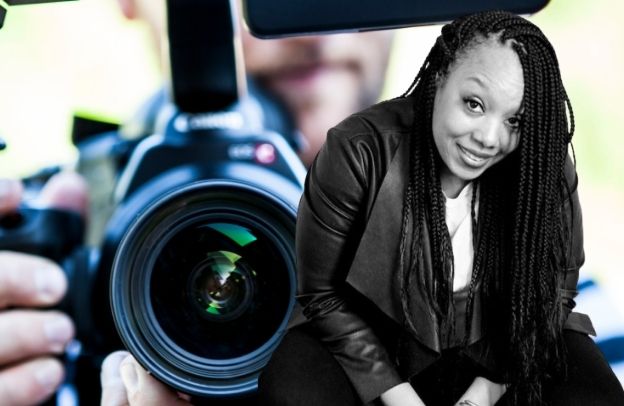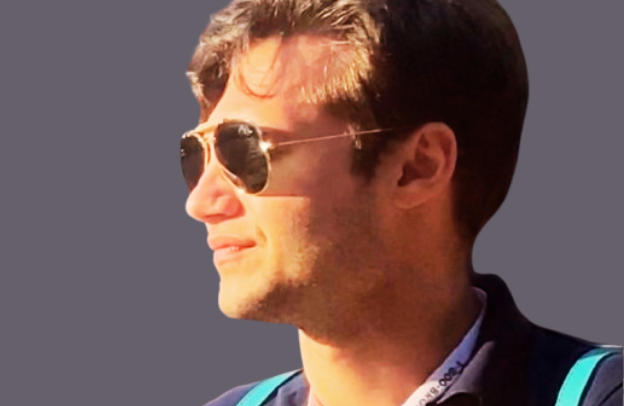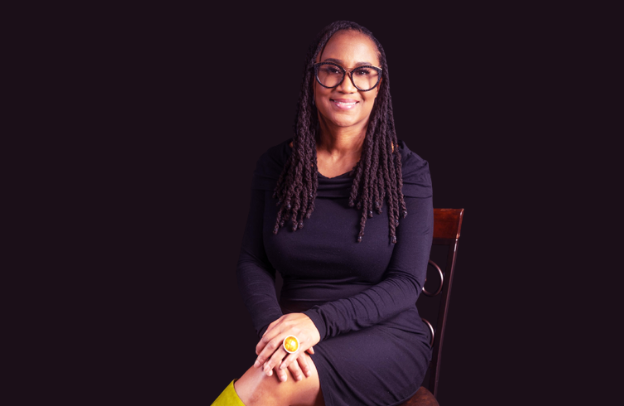Rewire Your Mind for Success: A Neuro-Trainer’s Guide to Learning, Unlearning, and Relearning with Iris Teasley

Have you ever felt trapped by an old habit or a limiting belief, no matter how hard you tried to break free? We often think of change as a battle of willpower, a fight against our own ingrained tendencies. But what if the key wasn’t to fight the old, but to intentionally build the new? What if you could literally rewire your brain for success?
Learn How to Leverage Your Story through our Story To Asset Framework.
In a recent episode of The Obehi Podcast, host Obehi Ewanfoh sat down with Iris Teasley, a veteran, educator, and Neuro-Trainer, to explore this very question.
See the full podcast interview with Iris Teasley
Drawing from a rich life journey that took her from the rural fields of Northern Florida to serving as the senior mental health tech for the entire U.S. Air Force, Iris shares powerful insights on how we can harness the principles of neuroscience to learn, unlearn, and relearn effectively.
Her story is a testament to the idea that to build a meaningful life and legacy, we must first master the art of personal evolution.
Insight: Your Past Is a Foundation, Not a Fortress
Our ability to learn is deeply connected to our experiences. Iris grew up in a quiet, rural community where books became her window to the world. “A book could take me anywhere I wanted to go,” she recalls.
This childhood passion for reading did more than entertain her; it built a vast mental library. Neuroscience, she later learned, shows that “the more experiences you have, even vicariously through reading, the more anchors you have to attach new learning to.”
This principle is fundamental for anyone looking to grow. Your story, with all its unique experiences, is not just your past; it’s the foundation upon which all future learning is built. This is the heart of what Obehi Ewanfoh calls the “Story to Asset Framework,” where we learn to leverage our personal narratives for professional and personal growth.
Iris’s 30-year military career provided a powerful training ground for this concept. The Air Force reinforced values like work ethic and respect, but it also demanded that she unlearned certain behaviors. Taught to be humble, she had to learn to advocate for herself in a competitive environment.
Accustomed to respecting her elders, she had to learn to lead people older than her. This process of adaptation was not about erasing her upbringing but about building new skills on top of it. She had to create new pathways for leadership while holding onto her core values, a powerful lesson in moving from roots to relevance.
One of the most profound insights from neuroscience is how our perception shapes our reality. Iris shared a vivid memory of picking blackberries with her sister, who suddenly saw a snake and reacted with fear. Iris, who hadn’t seen the snake, felt no fear at all.
Her sister’s “fight or flight” system was activated by her perception of danger, while hers was not. “Your perception of reality, not objective reality itself, dictates your response,” Iris explains.
See also The Story Of Shola Akinlade, A Nigerian Entrepreneur the Co-founder And CEO Of Paystack
This shows us that the stories we tell ourselves about a situation are what trigger our emotional and physiological reactions.
Lesson: Build a New Path Instead of Fighting the Old One
Many of us spend our energy trying to stop negative self-talk or break bad habits. We focus intensely on what we don’t want. However, neuroscience offers a more effective and less exhausting strategy.
“It’s often easier to create a new neural pathway than to try and change an old, deeply ingrained one,” Iris advises.
Think of your brain like a field of grass. Your old habits are like a well-worn path that you’ve walked down thousands of times. Trying to block that path is difficult; your feet will naturally want to follow it. The smarter approach is to start walking a new, more desirable path.
At first, it will feel awkward and require conscious effort. But with consistent practice, you will stomp down the grass, creating a new, clear trail. Over time, this new pathway becomes stronger, more automatic, and your default choice. The old path, through disuse, will gradually fade away.
This is the practical lesson for unlearning and relearning. Instead of fighting the old thought, “I’m not good enough,” you consciously build a new one: “I am capable and prepared to learn.”
See also The $96 Billion Legacy: How African & Diasporan Billionaires Are Turning Stories into Assets
Instead of struggling to stop a bad habit, you focus your energy on cultivating a new, positive one. This proactive approach puts you in the driver’s seat of your own transformation. It’s a powerful way to own your story and actively shape your future.
Action: Your Three-Step Guide to Rewiring Your Brain
Translating these powerful ideas into action is where true change begins. Based on Iris Teasley’s insights, here is a practical framework you can use to start building new neural pathways today.
- Become Aware of Your Inner Narrative. The first step is to simply notice. What are the automatic thoughts and stories that run through your mind, especially when you face a challenge? As Iris suggests, you must first “catch the negative self-talk.” You can do this through journaling or by simply pausing throughout the day to check in with your thoughts. Awareness is the starting point for all change.
- Challenge and Reframe Your Beliefs. Once you are aware of a limiting narrative, question it. Is this story 100% true? Where did it come from? Then, consciously create a new, empowering belief to practice. For example, if your old story is, “I’m terrible at public speaking,” your new, reframed belief could be, “I am learning to share my ideas with confidence.” This deliberate shift in focus is crucial for carving out that new path.
- Practice the New Pathway Through Action. A new belief is only strengthened through consistent practice. This could involve using affirmations, working with a coach or therapist, or deliberately seeking out small, manageable situations where you can practice your new behavior. Each time you act in alignment with your new belief, you are strengthening that neural pathway. This is the essence of building connections and collaboration with your own mind to create the life you desire.
Ultimately, as Iris powerfully states, “You are in control of your own life and destiny.” You have the power to choose your path, create new habits, and build a future that aligns with your deepest values.
This transformative conversation with Iris Teasley is just one of over 1,000 interviews available on The Obehi Podcast, where professionals from the African diaspora and beyond share their journeys of growth and impact.
To continue learning how to turn your own experiences into assets, explore the extensive library of over 2,000 articles and resources at AClasses Media. Take the first step today to own your story and build your legacy.






